Aerial Ballet Dancers - Starlings
Usually Glossy, Star Shaped Birds Who Dance In The Sky - Starlings
BIRDS
Aniruddha Bhattacharya
10/7/20254 min read
Pics : 1 - 3 = Blue Eared Starling ; Masai Mara National Reserve | Pics 4 - 6 = Chestnut Tailed Starling ; Kaziranga & Manas National Parks | Pics : 7 - 9 = Superb Starling ; Masai Mara National Reserve | Pic : 10 = Ruppel's Long Tailed Starling ; Masai Mara National Reserve | Pic : 11 = Pied Starling ; Kaziranga National Park | Pic : 12 = White Headed Starling ; South Andaman
I suspect that their name obviously started with The Common Starling which was probably just called Starling and it was apt. They’re glossy birds that reflect light and have little white ends on some feathers that add to the star like appeal. I also recon that as people started finding similar shaped, reflective, iridescence feathered birds in Africa ( Ref : Reflective Colour Morphing Birds )and elsewhere it probably made sense to stick with that name for the whole similar lot. Geography however has a tendency of causing altered physical attributes in similar creatures which are brought about by evolutionary needs and I guess it turned out that similar shaped birds with other matching attributes just didn’t have the glossy, light reflecting gift that the first starlings to be named so had. Well, easy fix to the problem probably was to just redefine the cause of the name and that fix fit pretty well cause these birds kinda have a star like shape when you see their silhouette in flight with their wings being pointy and such. That change in definition though subsequently gave the classifiers the opportunity to add around 128 different kinds of birds with many different physical attributes, migratory preferences, calls and ways of life into the group we now call Starlings. It’s a huge and varied group today which with very different species with only, “Oh ! They’re shaped like a star when viewed from the right angle and under certain lighting conditions” in common. Scientific classifications have tried to change all that as a broader picture emerged but then what’s common stays common and who really has the time to memorize those difficult scientific names in the first place? Why say Sturnidae when even MS Word doesn’t recognize the spelling and how do I say it even in the first place? Starling’s just more practical no? Well, the scientific family Sturnidae consists of Starlings and Mynas. Personally, I consider myself pretty lucky that I’m learning about birds in the age of E bird. It’d be such a mess roaming around with books for reference along with that 600mm.
You seen those fantastical swarms that birds make sometimes with thousands of them flying in formations that change shapes? Starlings do that. It Kinda fits that the birds named after the stars do that IMHO. Some other birds are known to form huge flocks as well but those flights are nowhere near the grandiose aerial ballets that Starlings perform. They’re called murmurations and I’ve seen the phenomenon a couple of times in Guwahati. My attempts at making images of those murmurations bombed though, pretty badly. Shoulda gone for video, but well, I had to try. No matter how many times I read that these birds get together in thousands at the same spot to fly in sync to deter some predator, I honestly don’t see how or why they’d need do that especially for so long. It doesn’t add up as being just a show of strength. Are they getting together to teach the Falcons a lesson in humility here? No man ! So far, we haven’t been able to figure out how they go about it and all that we’ve deciphered from studying birds in murmurations is that firstly, these birds have eyesight which is much better than ours, well that’s a given cause all their movements are also faster. Guy’s gotta see where he’s going. Just ask any dude who’s tried to photograph medium and small sized birds and we’ll all tell you all about their speed of vision and movement. Secondly, we know that they respond to each other in the swarm so basically, it’s the butterfly effect. One Starling moves a little to the left and so on and hence forth. Why do they do it? I say it’s cause birds just wanna have fun. All beasts like to have fun and who doesn’t like a joyride? Ask any group of cycling children or a motorcycle group and they’ll all tell you that synced riding is just so much fun on the open road. So these birds are just having some fun when the opportunity presents itself. Now, if the presence of a predator provides the opportunity for such fun then perhaps the predator is just the catalyst for said reaction but I doubt any animal would waste so much energy if they weren’t really enjoying themselves. Interestingly, different kinds of starlings have been seen to take part in the same murmuration and they rope in birds from other species into the act as well once it starts. This phenomenon is more common during migration when they’re flocked together and social life is at its annual peak. Yep, they’ve got all the reasons to party it up in the sky right there alright.
They’re pretty bold birds, these Starlings and the ones I’ve seen in India and Africa don’t shy away from hopping along on the road despite their size. My camera usually doesn’t scare them off if they’re on a branch or on the road unless I move physically usually. They’re also easy to photograph cause they aren’t in a perpetual hurry. I’d say that they’re pretty Aperture mode friendly birds like Treepies, Rollers and Coucals, all of whom I’d call "curious species" who are as interested in the guy with the cam as the guy with the cam is about them. Thing with these species of birds is that you need to find that spot that you’re comfortable with first and if the subject’s cool with it, stay on it. You’ll lose your guy if you change your spot too many times.
Starlings are known to have pretty elaborate calls that incorporate sounds that they hear around them as well and that makes them pretty well known for their mimicry. They’re also known to develop two voices independently. The most species of Starlings are sighted in Africa with fifty species seen and documented there and I’m pretty sure I’ll have a list up when I’m headed there next. Till then, I guess. Ill have to add the list of Myna's I find here who are also starlings, as they are Sturnidae.
Bird classifications man. So confusing to understand, say and remember. Such a task, I tell you.
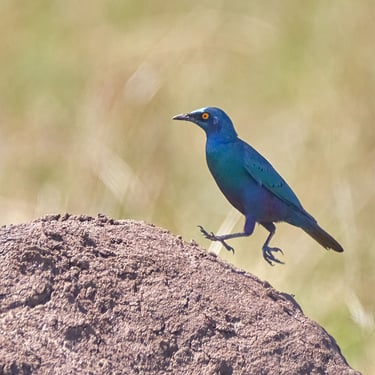
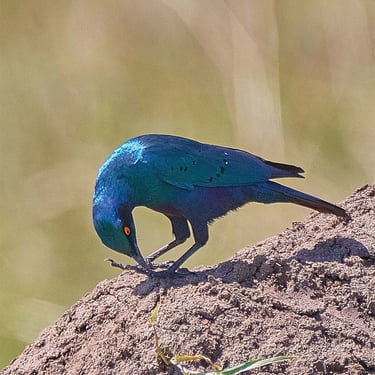
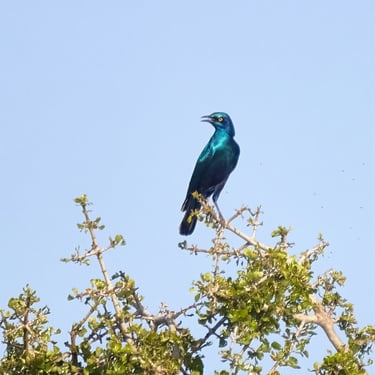
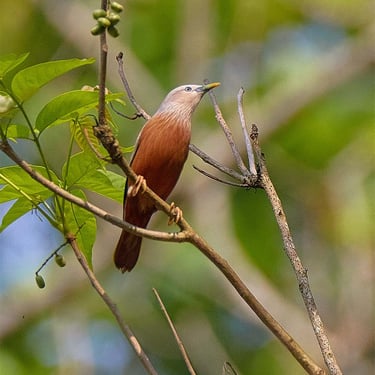
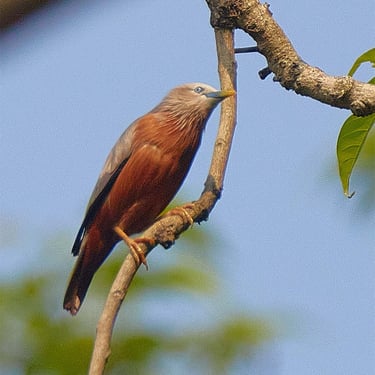
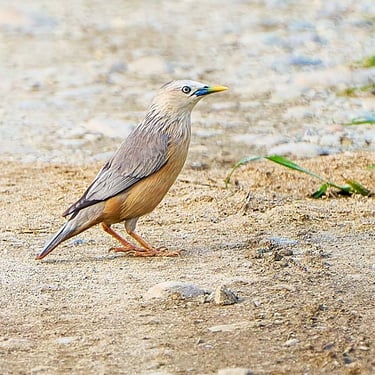
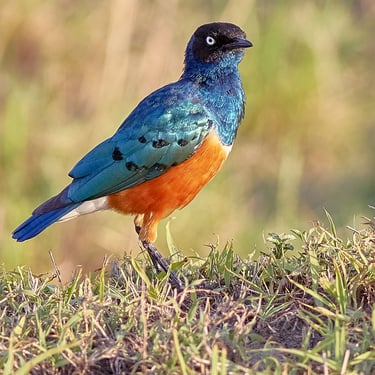
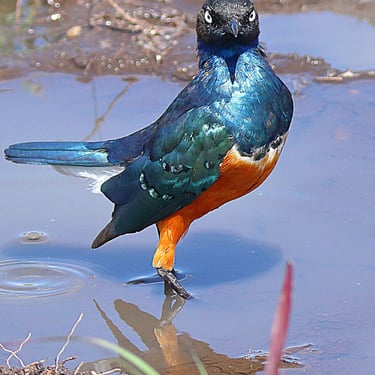
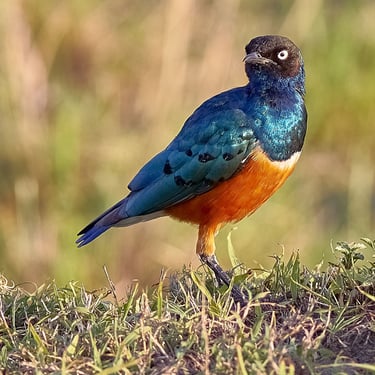
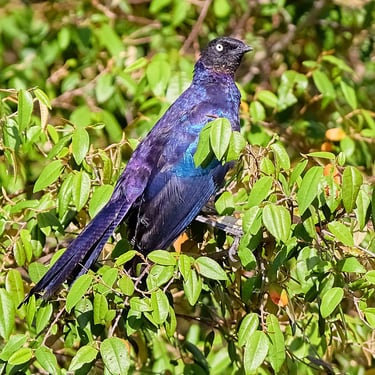
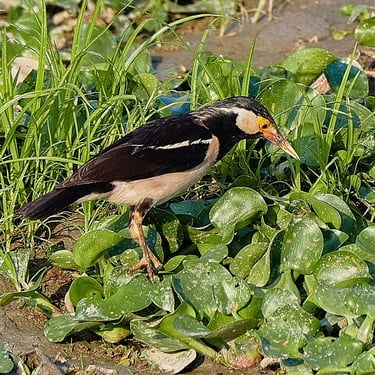
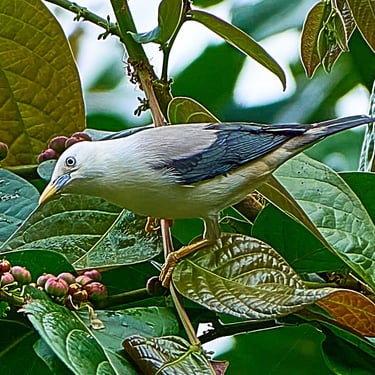
© 2025. All rights reserved.
